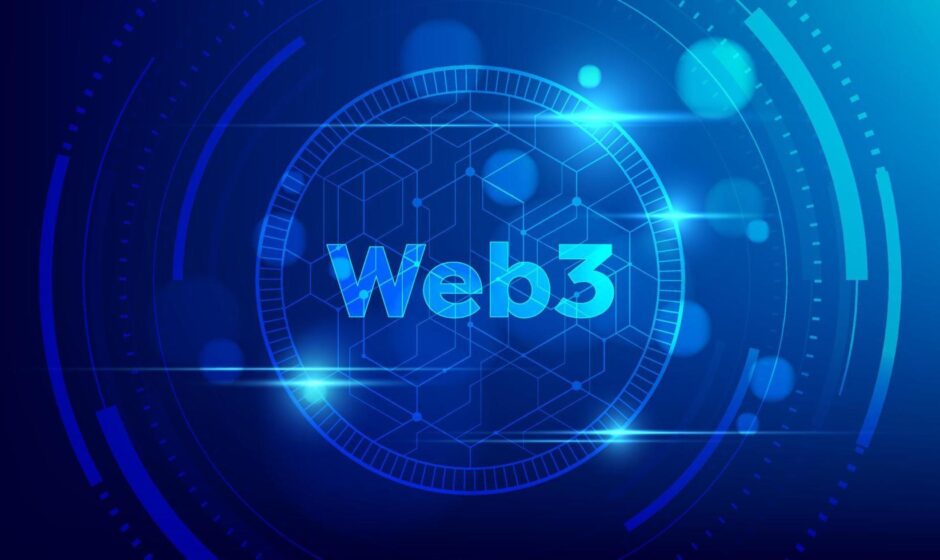The internet as we know it is undergoing a fundamental transformation. Web3, often referred to as the decentralized web, promises to redefine how we interact with digital services, data, and assets. By shifting power from centralized corporations to individual users, Web3 brings innovation and empowerment to the forefront of the digital experience.
In this article, we explore the significance of Web3, its core principles, and the innovations it is driving across industries.
What Is Web3? A New Paradigm for the Internet
Web3 is the next phase of internet evolution, characterized by decentralization, user ownership, and blockchain technology. Unlike Web2, which is dominated by centralized platforms that collect and control user data, Web3 aims to democratize the internet.
Key Principles of Web3:
- Decentralization: No single entity controls the network.
- Data Ownership: Users own and control their data.
- Token-Based Economies: Cryptographic tokens incentivize and reward user participation.
- Trustless Interactions: Blockchain technology enables secure transactions without intermediaries.
Ownership Redefined: Empowering Users
One of the defining features of Web3 is the shift toward user ownership. In the traditional internet model, platforms monetize user data and content without offering direct compensation.
With Web3, creators and users can own their digital assets and benefit directly from their contributions. Non-fungible tokens (NFTs), for example, allow artists to maintain ownership of their work and earn royalties from secondary sales.
Innovation Spotlight: Platforms like Audius and Mirror are enabling creators to monetize their music and written content without intermediaries.
Decentralized Applications (dApps): Breaking Free from Centralized Platforms
dApps are a core component of the Web3 ecosystem. These applications run on decentralized networks, often utilizing smart contracts to facilitate trustless interactions.
Popular dApps span various sectors, including:
- Finance (DeFi): Platforms like Aave and Uniswap offer decentralized lending and trading.
- Social Media: Applications like Lens Protocol are building decentralized social networking solutions.
- Gaming: Play-to-earn games such as Axie Infinity allow players to earn digital assets.
Why It Matters: dApps empower users by reducing reliance on centralized entities and fostering open ecosystems.
Blockchain and Data Security: Trust Through Transparency
Blockchain technology underpins Web3, providing a transparent and immutable ledger for transactions. This transparency enhances trust and security.
Decentralized identity solutions are emerging to give users greater control over their digital identities, reducing the need for passwords and centralized databases.
Game Changer: Projects like Ceramic Network and Sovrin are advancing decentralized identity frameworks.
Token Economies: Incentivizing Participation
Web3 leverages cryptographic tokens to incentivize user participation and governance. These tokens can represent ownership, voting rights, or access to specific services.
Examples of Token Use Cases:
- Governance: Decentralized autonomous organizations (DAOs) use tokens for decision-making.
- Rewards: Platforms reward users with tokens for contributing to the network.
- Access: Certain tokens grant access to exclusive content or services.
Key Trend: The rise of token economies is fostering new business models and economic incentives.
Challenges and Barriers to Adoption
Despite its promise, Web3 faces several challenges:
- User Experience: dApps often lack the seamless experience of traditional applications.
- Scalability: Network congestion and high transaction fees can hinder adoption.
- Regulatory Uncertainty: Governments are still grappling with how to regulate decentralized technologies.
Looking Ahead: Solutions such as Layer-2 scaling and improved wallet interfaces are being developed to address these issues.
Web3 and the Future of Innovation
The potential applications of Web3 are vast and still being explored. Some key trends and developments include:
- Decentralized Finance (DeFi) Expansion: More sophisticated financial products and services are emerging.
- Metaverse Integration: Web3 will play a critical role in building decentralized virtual worlds.
- Sustainable Blockchain Solutions: Efforts to reduce the environmental impact of blockchain technology are gaining momentum.
- Interoperability: Seamless communication between different blockchains will enhance user experiences.
Expert Perspective: As Web3 continues to evolve, collaboration between developers, users, and regulators will be essential.
Conclusion: Embracing the Power of Web3
Web3 represents a paradigm shift toward a more inclusive, transparent, and user-centric digital future. By redefining ownership and fostering innovation, it empowers individuals to take control of their digital experiences.
As we stand at the cusp of this new era, staying informed and engaged will be crucial. The power of Web3 lies not just in its technology but in its ability to democratize the internet and unlock new possibilities for innovation and collaboration.
Stay connected as we continue to explore the transformative power of Web3 and its impact on the digital landscape.
Noah Whatmore aregulatory and security expert writing about compliance, crypto fraud, and cybersecurity. Noah helps readers stay informed on risks and safeguards in the crypto ecosystem.


